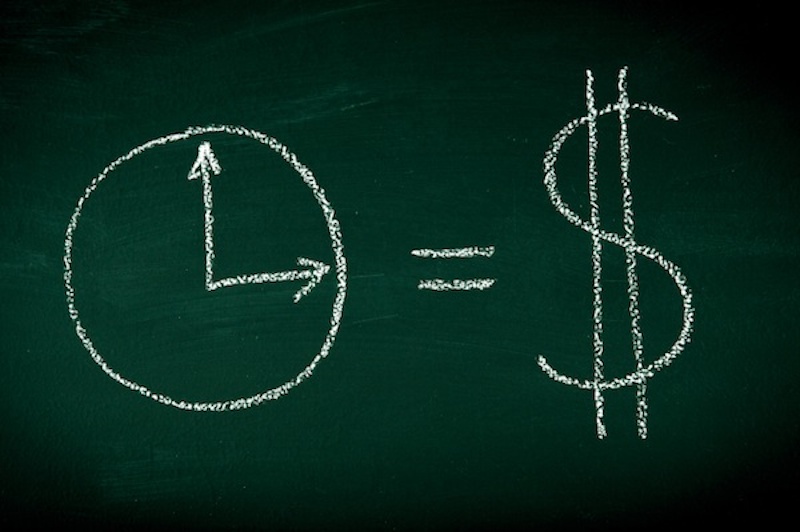Campbell Korff from Yellow Brick Road, explains why the dollar you receive today is worth more than the dollar you might receive in ten years time…
If there is one concept of finance and investing which is at the same time the most important and the least understood, it would have to be the time value of money. It’s the fundamental building block that the entire field of finance is built upon. And yet, many people lack a solid understanding of how it works.
Time value of money is the economic principal that a dollar received today has greater value than a dollar received in the future. If you were given the choice between receiving $100 today or $100 in 10 years, which option would you take? Clearly the first option is more valuable because of:
Risk – There is no risk of getting money back that you have today.
Purchasing Power – Because of inflation, $100 can buy more Mars bars today than it will in 10 years; and
Opportunity Cost – a dollar received today can be invested now and earn interest. However, a dollar received in the future cannot begin earning interest until it is received. This lost opportunity to earn interest is the opportunity cost.
All time value of money problems are solved using two fundamental calculations: compounding and discounting.
Compounding is the process of determining the future value of an investment made today and/or a series of regular payments.
Most people understand the concept of compound growth. If you invest $100 today and earn 10% interest for two years, your initial investment will grow to $121 at the end of year 2. The initial $100 compounds because it earns interest on the principal invested, plus it also earns interest on the interest.
Discounting is the process of working out the value in today’s dollars of money to be received in the future, as a lump sum and/or as regular payments, by applying a discount rate. The discount rate is the required rate of return or opportunity cost of an alternative investment.
It is impossible to make a sound investment decision without using these calculations, yet few do so accurately.
To illustrate with a simplified example, if a property you want to buy is worth $500,000 today and you require a 10% return, assuming you hold it for 10 years and receive a yield of 2% after all expenses, you would need to sell it for around $1.1m in 2025. To help work out if that is realistic, you could discount back from today’s value to 2005 at the same rate of return and compare it to sales prices at that time.
There are obviously a lot of other variables to consider, so, as always, see a professional before you invest. It could save you thousands.
If you would like to learn more about prudent investing, please send me an email or drop in for a chat.
If you would like to contact Campbell Korff of Yellow Brick Road Ballina go to: www.ybr.com.au/Branches/Ballina






